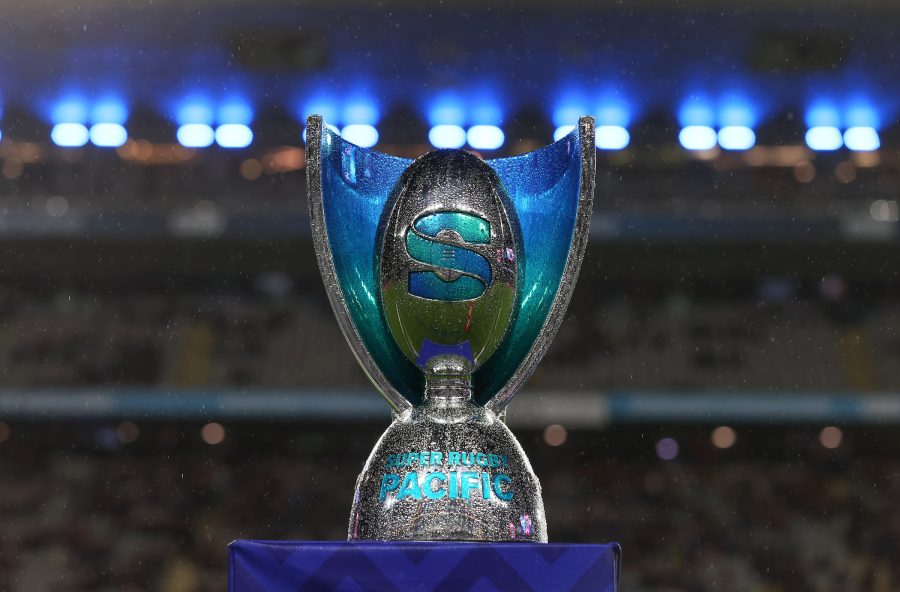History of Super Rugby Part 1: Predecessors

Super Rugby has built itself a reputation for being one of the most entertaining club competitions in rugby, with its end-to-end action delivering some of the most fast paced and fluid attacks you’ll see in the sport.
While the current Pacific league format is still relatively new, the Super Rugby competition itself has existed for nearly 30 years, with some other competitions existing in the 10 years before its 1996 debut.
AGC South Pacific Championship (1986-1990)
- The New South Wales Rugby Union (NSWRU) created the Championship to battle growing competition from Rugby League.
- Consisted of two Australian teams, three New Zealand teams and Fiji.
- Only teams from New Zealand ever won the South Pacific Championship.
- Five seasons were contested before the league folded.
The NSWRU were the creators of the South Pacific Championship, which was an invitational competition created to combat the Rugby League’s expanding domestic competition. New South Wales and Queensland were the two Australian sides, and with close ties to the organisers two provincial teams from New Zealand (Auckland and Canterbury) were initially invited, with Wellington receiving a invite later to join due to being located near an international airport for easier travel. Fiji were the final team to be added since they were seen as the strongest Pacific side at the time.
The South Pacific Championship only lasted for five seasons, with the round-robin format controlled by the strength of the Kiwi sides. Canterbury (1) and Auckland (3) were the only winners of the championship, with a shared title between them in the 1987 season.
The short tenure of this competition ended due to financial struggles of the NSWRU.
Super 6 (1992) & Super 10 (1993-1996)
- Super 6 was an attempt to relaunch the previous South Pacific Championship but it only lasted one year.
- Due to change in the political landscape of South Africa they were invited to join the league with Western Samoa, and later Tonga. This was the start of the Super 10.
- Only lasted three seasons before the professional era of rugby led to even more change.
The New Zealand and Australian Unions relaunched their own competition called the Super 6, which lasted a single season, with Queensland winning the only championship in 1992.
After South Africa dismantling apartheid the two Oceania nations were able to tour the newly readmitted nation into international sport in 1992 and saw an opportunity to grow the competition. And with South Africa’s top sports channel committing to a three-year deal, it allowed the expansion of the Super 6 to go ahead, with an additional New Zealand joining three new Springboks sides and Western Samoa, who replaced Fiji after their success in the Pacific Tri-nations. Tonga would also compete in the Super 10 in its third and final year.
The South African sides proved to be a good addition from the off, with Transvaal winning the title in their debut season, and both Transvaal and Natal made the finals in the other years. In these other finals Queensland won the championship in those other two finals, alongside the announcement of rugby going professional shaking up Union’s landscape. The governing bodies for New Zealand, Australia and South Africa then decided to come together and form SANZAR, which ultimately led to the launch of Super Rugby in 1996 and started the journey of the competition we know today.
